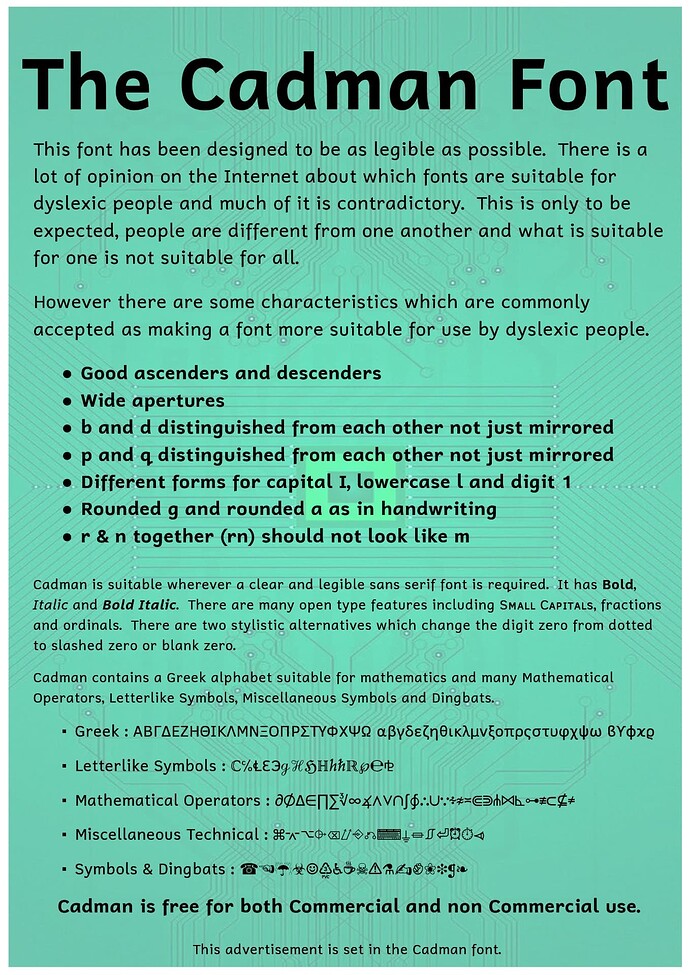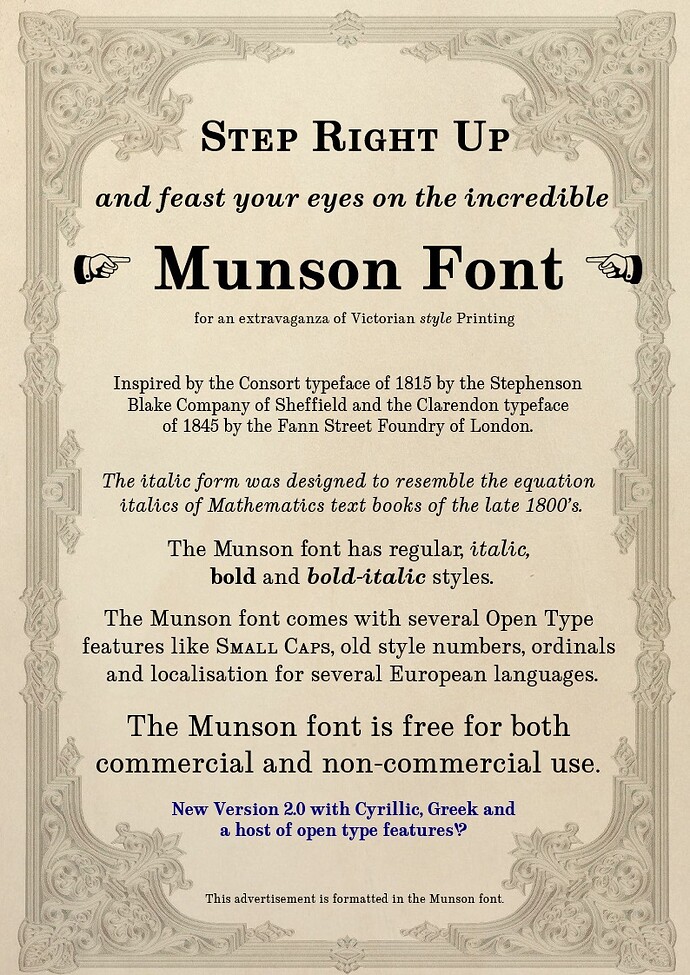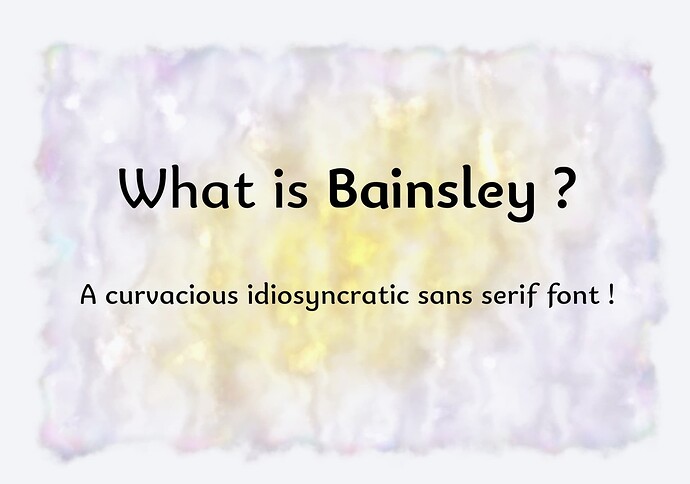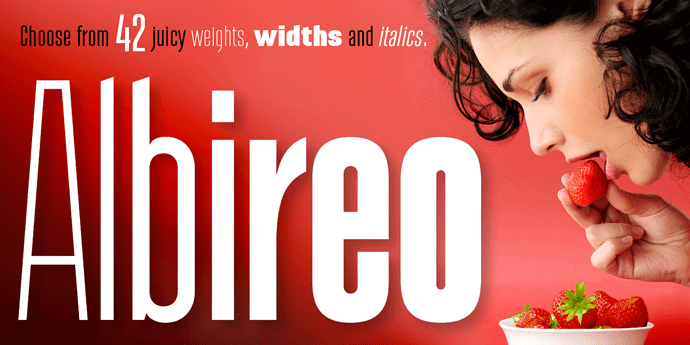I’m a regular visitor to the TypeDrawers forum too, but my posts there are somewhat infrequent. If I’m not mixing you up with someone else, I’m the one there who referred you to this forum when you asked about finding a graphic design forum.
My involvement with type design goes back to the 1980s. It’s been an after-hours thing in addition to my full-time job as a graphic designer and art director.
I’ve thought a good deal about the larger question you’ve asked over the years. By reading through the TypeDrawers posts from other type designers, one might conclude that technical considerations, extended character sets, and OpenType features are of utmost importance.
There are certainly many exceptions, but most graphic designers I’ve worked with over the years have only a passing familiarity with these things. I’ve never taken a poll, but many (most) graphic designers (especially beginners), I think, don’t even know what OpenType features, hinting, or Unicode are. If they’ve accessed the OpenType palettes in the Adobe apps, what’s there is so cryptic and inconsistent from one font to the next that most designers don’t bother to check.
Discretionary, contextual, or automatic ligatures — no clue, Automatic fractions — never knew such a thing was possible. Oldstyle, tabular, or proportional figures in one font — what’s the difference between them? Localized country-specific exceptions — huh?
I think this, um, ignorance might be more widespread in English-speaking countries where there’s less of a need to access glyphs from different alphabets. For example, a Serbian designer will check the Cyrillic to see if it has local features to accommodate the glyph design differences from standard Russian Cyrillic, but for designers in the U.S., these technicalities are irrelevant.
Similarly, most type designers don’t understand what graphic designers care most about. Type designers who started as graphic designers tend to approach typeface design from a very different perspective that caters to the concerns of graphic designers. I’ve read plenty of comments on TypeDrawers from well-respected type designers who burn through creating their kerning pairs in two or three hours, not fully realizing that out-of-the-box kerning is one thing that their type-buying customers care a great deal about.




